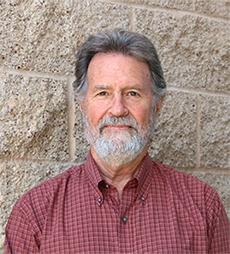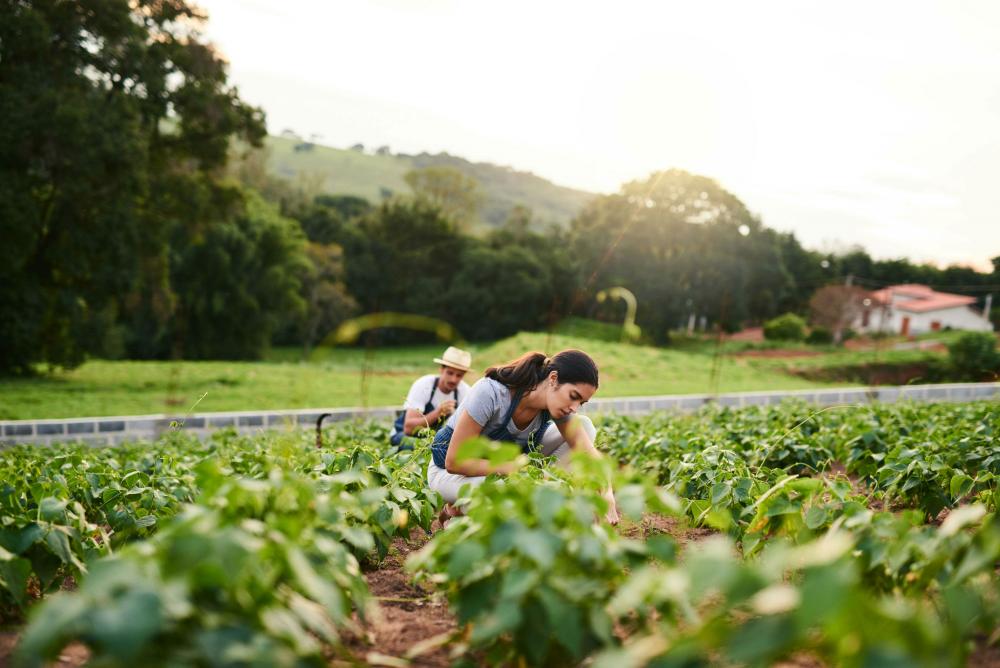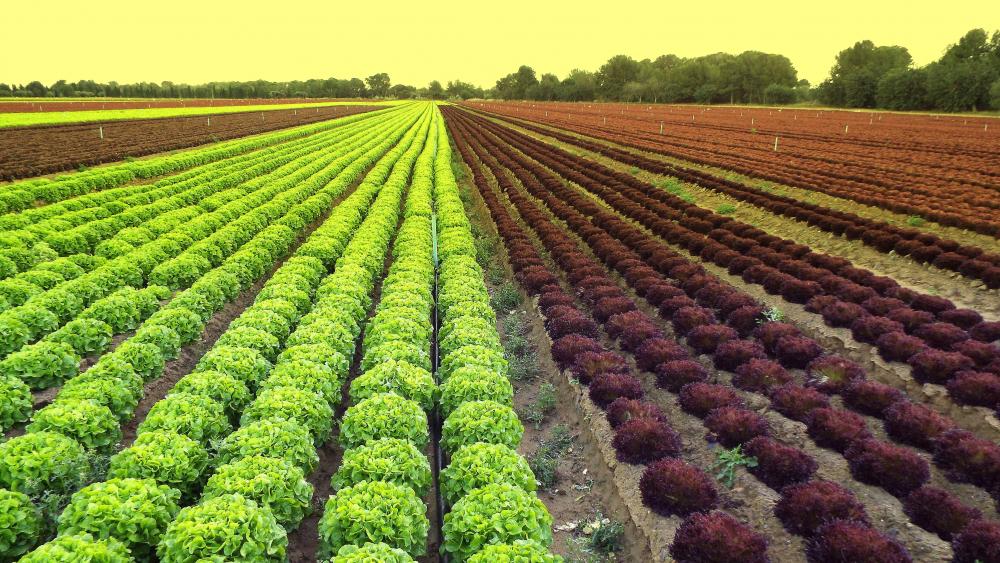3 min Read
For 20 years, University of California, Davis Professor Kent Bradford has directed the university’s Seed Biotechnology Center, a pioneering group whose crop breeding and seed production education and collaborations with industry have helped improve crops across the world. Like Google Maps in your car, he says, DNA sequencing for scientists and breeders is something “we can hardly realize we lived without.”
Here, Bradford talks about how plant breeding affects the lettuce in your salad, how DNA sequencing speeds up the creation of better crops, and the importance of breeders in a world facing climate change.
[qaquote]
"... developing crops that can adapt to the changes in the climate that are coming [and] be more productive on less input, whether it's water, fertilizer. These are critical issues, and it starts with plants.
[/qaquote]
Why does plant breeding matter?
Plant breeding is really the start of agriculture in the sense that what farmers grow is what is released from the plant breeding programs. [Farmers are] always trying to improve productivity, flavor, quality, nutrition, efficiency, resource use, and so on. That starts with the plant breeder. People don't realize it [but] when you see a head of lettuce in a supermarket — nice, round head of lettuce — that looks the same to the consumer every day. But we grow lettuce every day in California in a different location. We, in fact, need somewhere between 30 and 60 different varieties of that very simple head lettuce in order to produce that every day and have a very consistent product for the consumer. So, behind the scenes, there's an enormous amount of need for varieties for different conditions, different locations, seasons, and so on to enable just that one product to get to market. You multiply that by all the products and you realize that breeding is really the source of all that variation and all that good food.
How has science evolved over the course of your career?
When I was in graduate school, I had a final exam where they gave us a lot of data and we were able to deduce the sequence of three of [the nucleotide] bases [that make up DNA] with an enormous amount of data. Now, my colleague recently was able to sequence the whole genome of a plant on his computer on his desk with USB port-type technology.
What that's enabled is that to discover what the DNA actually has in it has become essentially no cost, relative to everything else that we need to do. That's probably the major enabling change we've seen in the last 20 years: The ability of a breeder to know what is in a given plant. That is, what traits did it really inherit from its parents. Breeders need that because what they're doing is trying to go forward. They say, “Which plants do I need to keep, which plants do I throw away? I want to keep the ones that I've collected my best traits in — which ones are those?” Well if you have to wait — if it's a trait, say, fruit ripening or flavor — and you have to wait to grow the whole plant — taste it, sample it — to know what you've got, that's a lot of work.
If I can take a little seedling, analyze it and say, “Oh, it has all the genes I need, I don't need to keep this other 10,000,” that's an enormous efficiency.
What are the biggest challenges facing food production today?
We know the population is going to 9 or 10 billion [people]. We need another half or doubling increase in productivity to feed that group, and then we have to maintain that because the population is going to stabilize and very slowly go down. That is the big challenge to agriculture. Meet that demand, [and] do it in a way we can sustain it indefinitely into the future. A big part of that is plant breeding — that is, developing crops that can adapt to the changes in the climate that are coming [and] be more productive on less inputs, whether it's water, fertilizer. These are the critical issues, and it starts with the plants.



